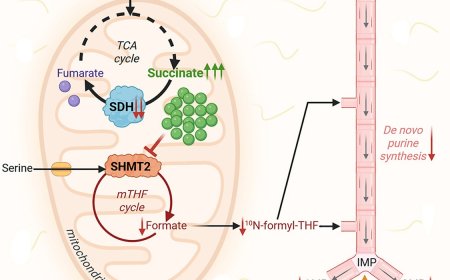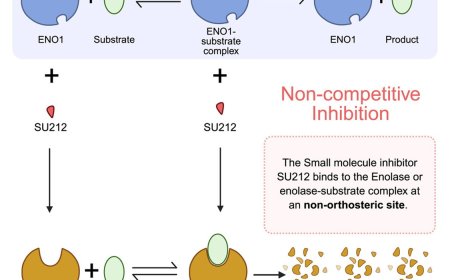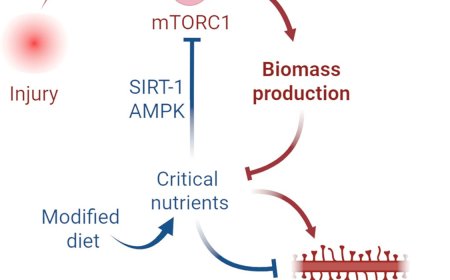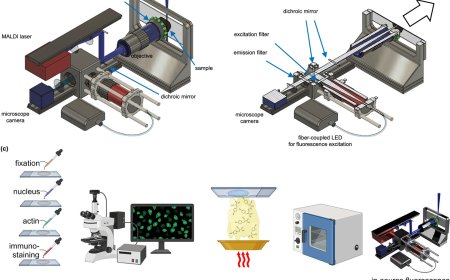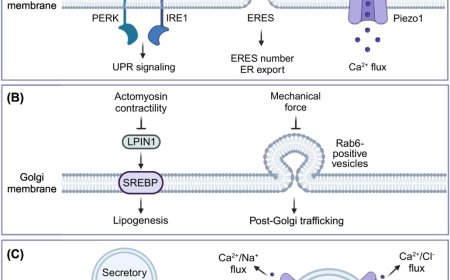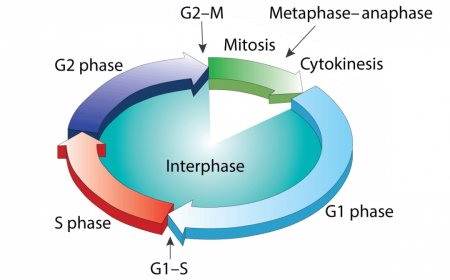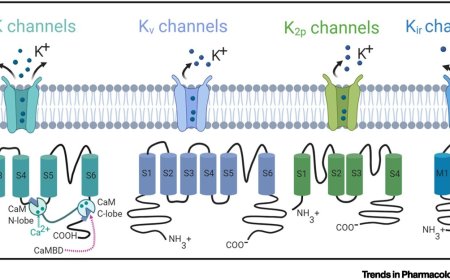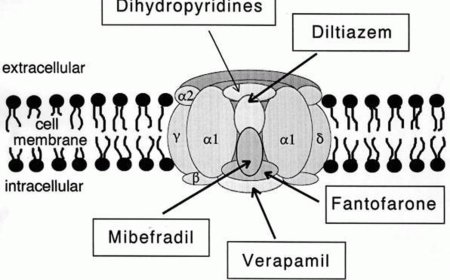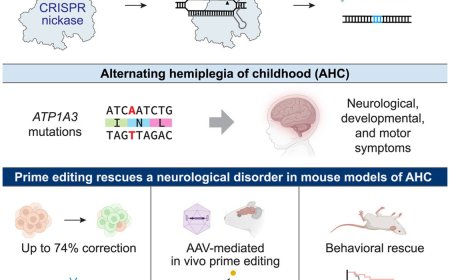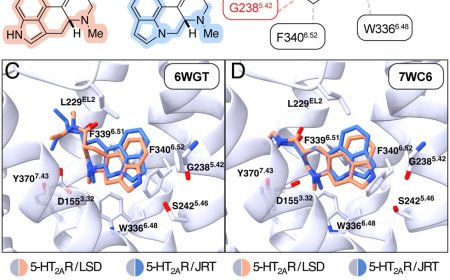Dual maps of secondary motor cortex discovered!
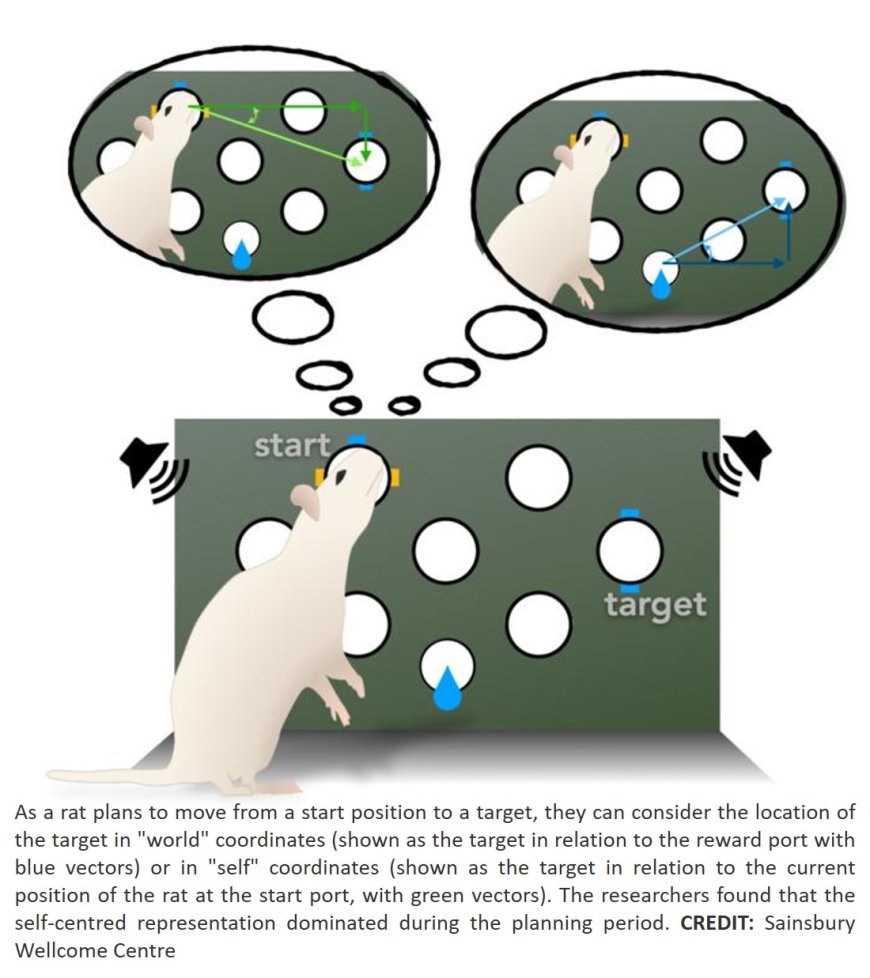
Researchers have discovered two distinct maps in the brain’s secondary motor cortex, which play a crucial role in spatial planning and navigation. The research provides a new approach to studying spatial planning in rodents and could have implications for understanding neurological conditions that affect spatial attention, such as stroke.
“We discovered that the premotor cortex uses a self-centred coordinate system for spatial planning, but that it also encodes a world-centred map that is used for determining the body’s current position in the world. This self-centred and world-centred information is combined in individual neurons in a multiplicative way, which makes it easier to disentangle downstream,” explained the corresponding author on the study.
The study, published in Journal of Neuroscience, outlines how the researchers designed a novel task in rats that allowed them to differentiate between self-centred and world-centred reference frames. They recorded neural activity from an area of brain known as frontal orienting field (FOF) in the secondary motor cortex in rats and used machine learning techniques to decode the information.
“Imagine being asked where the nearest coffee shop is. You could say ‘walk forward and turn left’ (self-centred directions) or ‘walk North then East’ (world-centred directions). We want to understand how the brain transitions between these reference frames and transforms them into action,” explained the author.
The researchers developed a task involving a wall with seven portholes. Rats were trained to place their nose into a starting porthole, after which a light would appear in another porthole, designating it as the target. The rats then had to wait for an auditory cue before moving their nose to the target porthole to receive a reward. This waiting period allowed the researchers to distinguish between planning and action in the brain.
“By adding the right amount of complexity to our task, we were able to have good experimental control over the timings. This approach allowed us to tease apart the different dimensions of representation,” explained the senior author.
Some trials had different movement directions that led to the same target, and some had the same movement direction but led to different targets as they had different starting points. The researchers examined the neural activity during the period in between the visual and auditory cue, to establish whether the brain was planning based on the direction or final position, thereby determining if the FOF was using a self-centred or world-centred map.
“We were surprised to find a world-centred map in FOF as this has never been reported before. We want to explore what this position information is being used for and under what circumstances it becomes functionally relevant,” concluded the author.
The team is now exploring how these dual maps are used in tasks where the instructions are given in world-centred coordinates. They are also studying how the brain plans more complex sequences of movements. The ultimate goal of this research is to further understand the fundamental principles of spatial attention and how attention is linked to planning and execution of orienting movements. This has potential implications for neurological conditions such as hemispatial neglect following a stroke, where people cannot process or shift attention to one part of the world.
